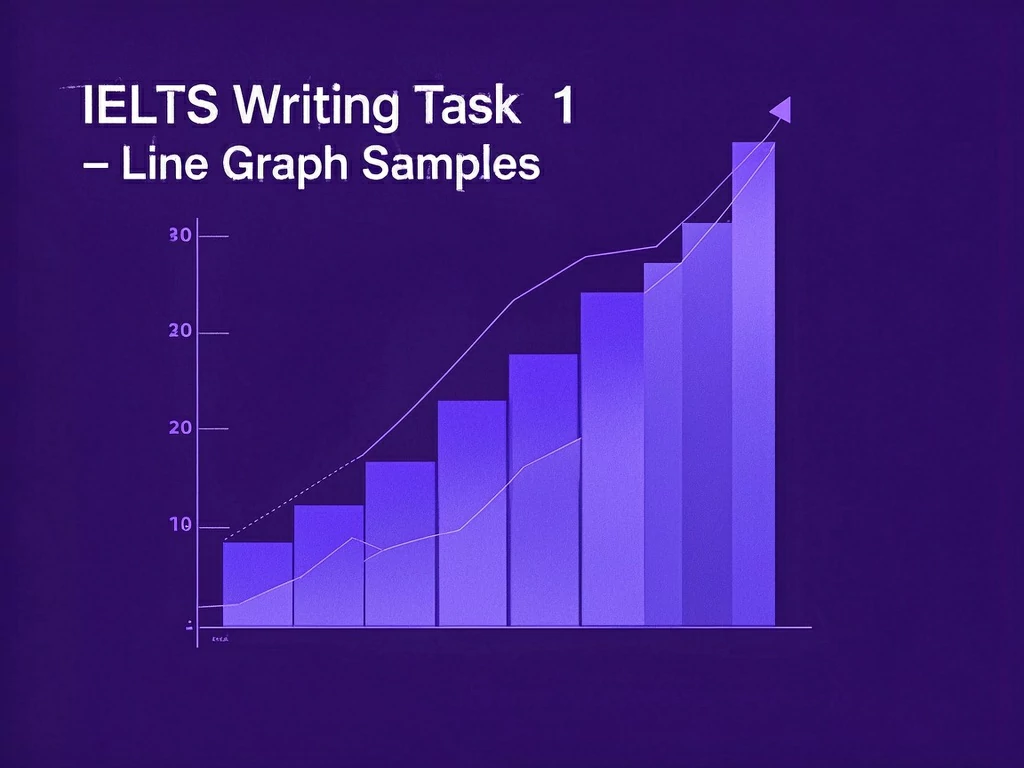Line Graphs in IELTS Writing Task 1 Strategies for Success
Line graphs represent a common question type in IELTS Writing Task 1, requiring an approach comparable to bar charts. These graphs can vary in complexity: simple versions display a single line, while complex versions feature two or more lines differentiated by color or style. Labels or legends are typically provided for multi-line graphs to clarify data categories. Below is a step-by-step method for tackling these questions effectively.
Step 1 Examine the Question and Graph for an Accurate Introduction
Avoid attempting to address a line graph question without thoroughly analyzing the prompt. Begin by carefully reading the question and observing the graph’s key components. Note the title for context, then review the x-axis (e.g., time periods like “1970–1980”) and y-axis (units such as percentages or quantities) to frame your introduction.
Step 2 Structure Body Paragraphs Based on Graph Complexity
For a simple line graph, dedicate a single paragraph to detail trends, peaks, and fluctuations. With complex graphs, split your analysis into two paragraphs. The first should describe individual lines, highlighting their starting points, significant trends (e.g., upward, stable), and notable peaks or troughs. The second paragraph should compare interactions between lines, such as diverging trends or overlapping values.
Step 3 Identify Key Features Through Comparison
To emphasize critical patterns, compare lines systematically. Note intersections where values cross, parallel trends (e.g., simultaneous increases), or contrasting movements (e.g., one line surges while another declines). Include specific data points, such as the highest or lowest figures at the graph’s start and end, to showcase significant changes.
Step 4 Conclude with a Clear Overview
A concise summary is essential for maximizing your score. Summarize the graph’s primary trends, such as overall growth, stability, or divergence between categories. Place this overview either after the introduction or at the end of your response to reinforce key observations.
By following these steps, you can systematically address line graph questions while meeting IELTS Task 1 requirements for clarity, coherence, and detail.






